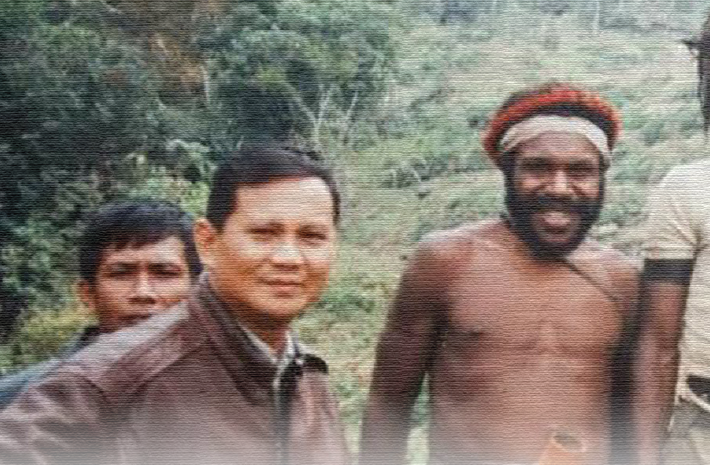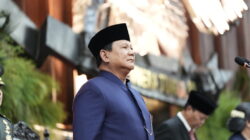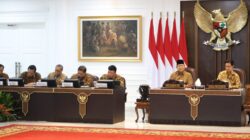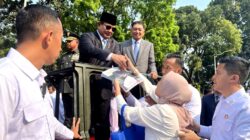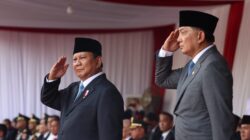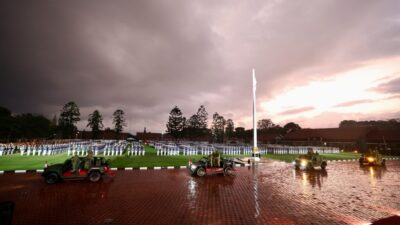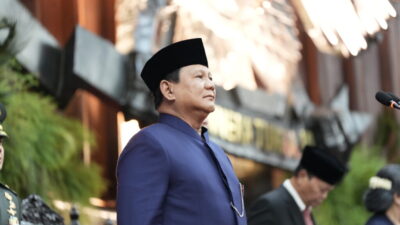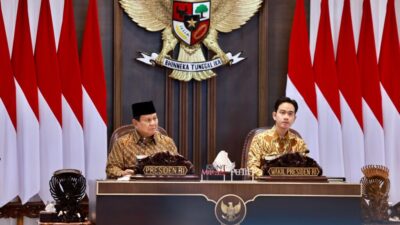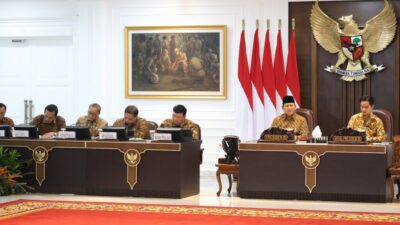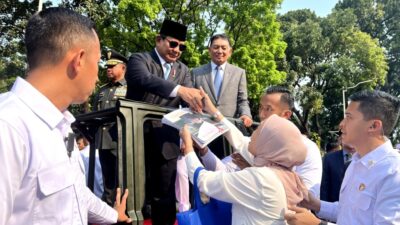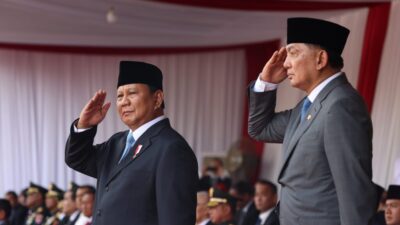Warrant Officer Bayani, a native Papuan, is a well-known figure in KOPASSUS due to his calm and bold demeanor, as well as his exceptional shooting and tracking abilities. During the 1996 Mapenduma hostage rescue operation, conflicting intelligence was received, leading to uncertainty about the exact location of the hostages. Bayani was called upon for his expertise, and despite British intelligence experts’ information pointing to a specific location, he dismissed it based on his knowledge of the terrain and the conditions there. Bayani’s Papuan accent added emphasis to his assertion that the indicated location was unsuitable for humans, let alone the kidnapper, Kelly Kwalik.
Known for his fieldcraft techniques and physical prowess, Bayani was recommended to the author by Major Zacky Anwar, who spoke highly of him from previous operations. Bayani’s ability to move silently in the jungle and his fearlessness in infiltrating enemy camps without weapons showcased his exceptional skills. Despite his success in operations, Bayani often found himself in trouble with authorities due to his involvement in fights, requiring intervention from the military police.
The author recounts the 1996 Mapenduma military operation to rescue 26 researchers held hostage by separatist group OPM in the West Irian Forest. Tasked by General Feisal Tanjung, the author led a team comprising mostly native Papuan soldiers, including Bayani, to free the hostages. Given the challenging mountainous terrain and lack of advanced equipment or real-time intelligence, the operation was particularly difficult. Bayani’s tracking abilities and the use of human intelligence played a crucial role in identifying potential target locations.
The operation involved deploying a core team of expert trackers, known as the Kasuari Team, under Bayani’s command, to locate and retrieve the hostages. Despite the lack of modern reconnaissance tools, the team utilized GPS and satellite phones to navigate the rugged terrain. With multiple target points identified based on intelligence analysis and the use of a beacon to pinpoint the hostages’ location, the operation was executed with precision and resulted in the successful rescue of the hostages.
Overall, the author highlights Bayani’s invaluable contributions and the challenges faced during the Mapenduma operation, emphasizing the importance of human intelligence, fieldcraft skills, and bravery in achieving mission success in complex jungle environments.
